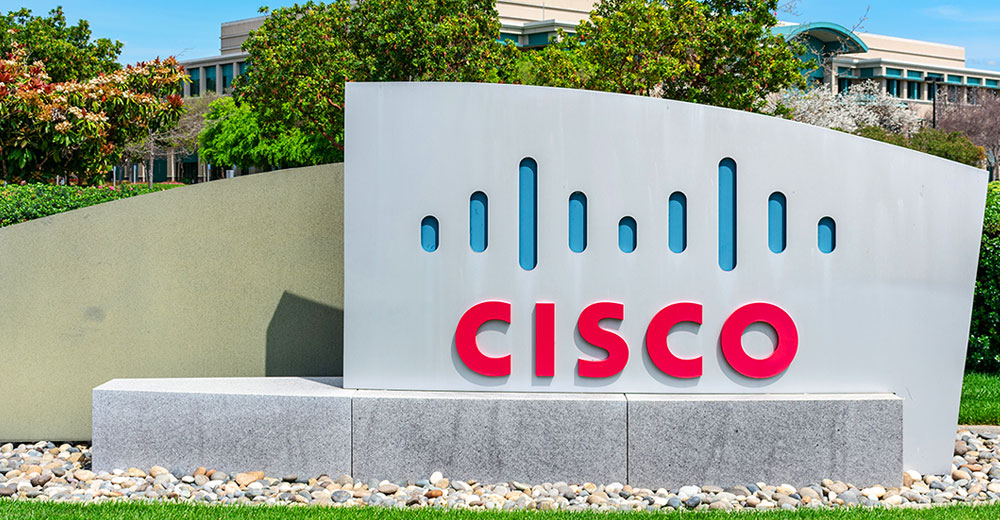Making better use of educational technology is a goal that both software and hardware companies are aggressively pursuing.
Keeping students engaged in today’s distraction-filled world is no easy feat. Teachers often have to contend with competing gadgets like tablets and smartphones distracting students from group instruction.
However, when used correctly, technology such as smartboards and AI-powered presentation devices reshape learning and create positive learning environments for students.
The trick is to grab their attention and keep them engaged. Many companies are dedicated to creating and selling solutions that accomplish those tasks.
According to Maryam Hassani, acting head of trends and innovation at the Abu Dhabi Early Childhood Authority (ECA), reports show the global EdTech market is set to grow at a compound annual rate of 12.9% by 2032. In 2022, North America led this charge with a 36% revenue share.
“This surge in EdTech is reshaping learning journeys, offering innovative solutions to challenges like sparking curiosity in STEM [science, technology, engineering, and math] fields and providing tailored lessons for children with special needs,” she told TechNewsWorld.
Early and special education students are not the only beneficiaries of innovative teaching technology. The rapid technological revolution is transforming nearly every aspect of our lives, and education on all levels is no exception. Tech ed tools with AI features increasingly help educators make complex concepts easier to grasp and more relatable at all instructional levels.
EdTech Driving Latest Learning Trends
EdTech is continually evolving, with some exciting trends emerging, offered JQ Sirls, co-founder and CEO of Storytailor, whose product personalizes content to fit students’ unique experiences.
“Personalized learning through AI is making education more tailored to individual needs,” he told TechNewsWorld.
Gamification turns learning into an engaging experience. A growing focus on inclusivity and accessibility ensures modern learning tools are available to all students, regardless of their background or abilities.
“These trends are reshaping how we approach education, making it more dynamic and inclusive,” Sirls added.
Smart Technologies is a prime example of how computer-based methodologies make ed tech more effective. This company pioneers learning solutions that enable educators worldwide to build connections that matter using a full range of products.
To be more effective, schools must approach the process of adopting innovative technology more thoughtfully. It is a two-step process that first identifies the needed software tools. It only then seeks the ideal hardware to make it accessible in classrooms, according to Jeff Lowe, executive vice president and chief commercial officer at Smart Technologies.
“The formula is quite simple. You start with teaching and learning practices, and then the next step is to look at software. See what software aligns with the desired outcome and can help enable those teaching and learning practices,” he told TechNewsWorld.
Three key factors are involved in making this work, he added. His company’s product developers discuss with client schools the need to choose the right ed tech tools for students, identify their specific needs, and select tools that align with curriculum goals.
“The state of EdTech is not that efficient, or ripe, with results because this formula is often not adhered to. It is looked at in the opposite direction. We are a hardware company with hardware and software, so we are part of this equation as well,” cautioned Lowe.
Putting EdTech to Better Use Takes Practice, Training
Sometimes, schools adopt the latest and greatest piece of tech without a clear idea of what teachers and students will do with it or how it maps to the teaching and learning practices, according to Lowe. It is often a haphazard hardware-first decision. School admins must decide how it will be applied and what software will run on it.
The last step in the tech onboarding process is training and professional development. Training should focus on how the technology supports teaching and learning practices, not just how to use the tech.
“I think everybody realizes the importance of training, but often the training is around the tech,” he added. “Instead, it needs to focus on the desired outcome for the student and teacher and how the technology makes that better, which is a different type of training.”
Lowe noted that Smart Technologies’ products are mainly trained by teachers for teachers. The company has a large staff of current and former educators, which results in a wide range of skills in technology adoption that help customers.
The challenge lies in scaling that insight. Training cannot be effective if only presented as a one-and-done professional day event. Lowe warned that this is a barrier to success.
“Most of the time, it is more of a teach-the-teacher approach, where you get real advocates within a school or an academic department that get trained very deeply, maybe by us, then take it as their mission to train a number of the other teachers within a school,” he said.
Scaling the training is the key to success, according to Lowe. School officials must roll this out to include the principal level and the tech directors within the school.
“So, all of that needs to be coordinated. But if you do not think through that process, you are not going to get the full benefit. Otherwise, it just becomes a crowded space, and there is more pressure on teachers, on their time, not just with new technology, but with everything else that is going on in their lives,” Lowe suggested.
Ensuring EdTech Success and Adoption
That is the real nut schools need to crack. Smart Technologies helps achieve that goal with its ambassador program. The company’s products are used globally, so thousands of teachers worldwide are part of an online community the company sponsors to help each other.
Teachers can post questions, and everybody using the various software programs and hardware tools provides a mutual aid society. According to Lowe, community-level experts worldwide who support each other in different languages have been very effective. Not just with training but also with best practices for using the technology and building websites with self-paced learning.
The usefulness is not something to gloss over. It is critical for success.
“Once an educator can see that this is not different from what he or she is doing, using ed tech does not become another add-on to the endless list of things teachers are expected to do,” Lowe said.

























































